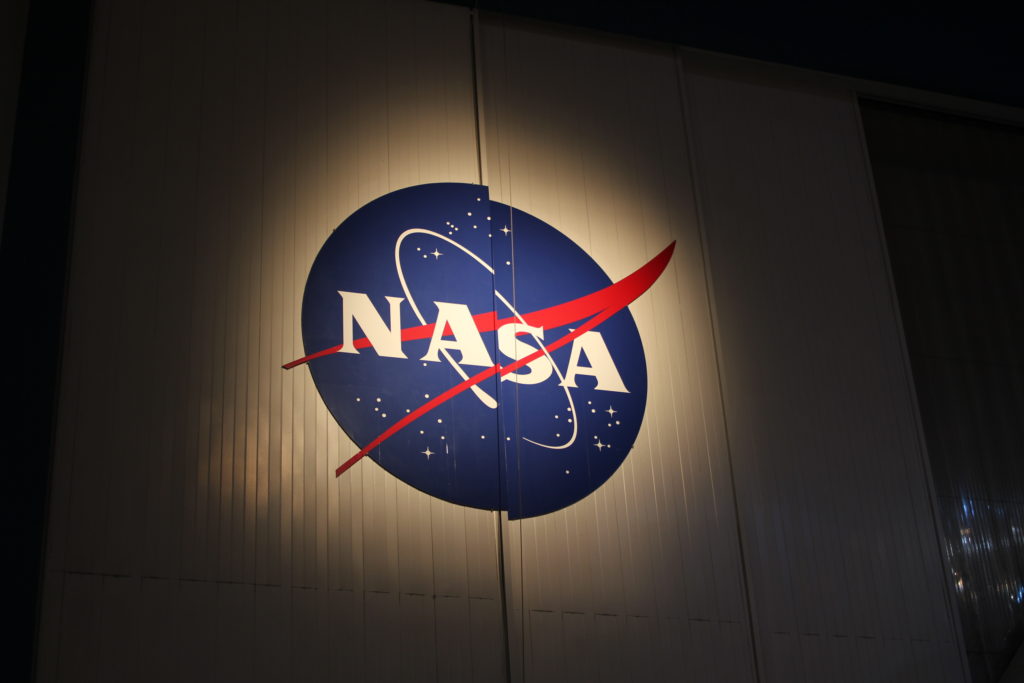
The US National Aeronautics and Space Administration (NASA) said on 18 June that it would invest US$45 million in small businesses and research institutions developing space technologies on the basis that these companies would “help . . . land astronauts on the Moon in five years and establish a sustainable presence there, as part of the agency’s larger Moon to Mars exploration approach”.
NASA has selected 363 proposals from organisations spread across 41 states to “help advance the types of capabilities needed for those future missions, as well as to support the agency in other areas”. These projects form part of NASA’s Small Business Innovation Research (SBIR) and Small Business Technology Transfer (STTR) programs.
Around 100 of the selected companies will be first-time recipients of a NASA SBIR or STTR contract and over 20 percent of the businesses are from underrepresented communities, including minority and women-owned businesses, the agency said.
The projects will support a number of areas – including aeronautics, human space exploration and operations, science and space technology – covering research and development for various applications.
These include an intelligent rover wheel with integrated sensing and perception subsystems to improve mobility, a laser-based mass spectrometer that could be used to search for life on other planets, a light-weight solar panel, long-term auto-pilot technology for unmanned vehicles and new mapping techniques.
According to the agency, the selected proposals were chosen based on their “technical merit and feasibility” as well as the “experience, qualifications and facilities” of the submitting organisations, the effectiveness of the proposed work plan and commercial potential, among other criteria.
NASA’s SBIR and STTR programs aim to encourage small businesses and research institutions to “develop innovative ideas that meet the specific research and development needs of the federal government” and stimulate technological innovation in the private sector.
They also intend that the programs should “encourage participation of socially and economically disadvantaged persons and women-owned small businesses”, and “increase the commercial application for research results”. Several of the chosen proposals will have applications here on Earth – for example, the rover wheel could also be used on Earth-bound autonomous tractors and other off-road vehicles.
The agency’s SBIT and STTR programs are conducted in three phases starting with the proposal; then the development, demonstration and delivery of the innovation; and then the commercialisation of the resulting products. The 363 selected proposals are all still in phase one; contracts granted during this phase last for either six months (SBIR) or 13 months (STTR) with maximum funding of US$125,000.
Both programs are managed by NASA’s Ames Research Centre in Silicon Valley, California, for the agency’s Space Technology Mission Directorate (STMD). The STMD is responsible for “developing . . . cross-cutting, pioneering, new technologies and capabilities needed by the agency to achieve its current and future missions”.
“We are excited about the entrepreneurial, innovative ideas that these small businesses are bringing to the table,” Jim Reuter, associate administrator for the STMD, said in a statement. “The technologies show great promise in helping NASA achieve its objectives across all mission areas, including our efforts to send American astronauts to the Moon, and then on to Mars, while also providing a long-term boost to the American economy.”


Leave a Reply